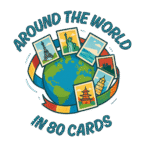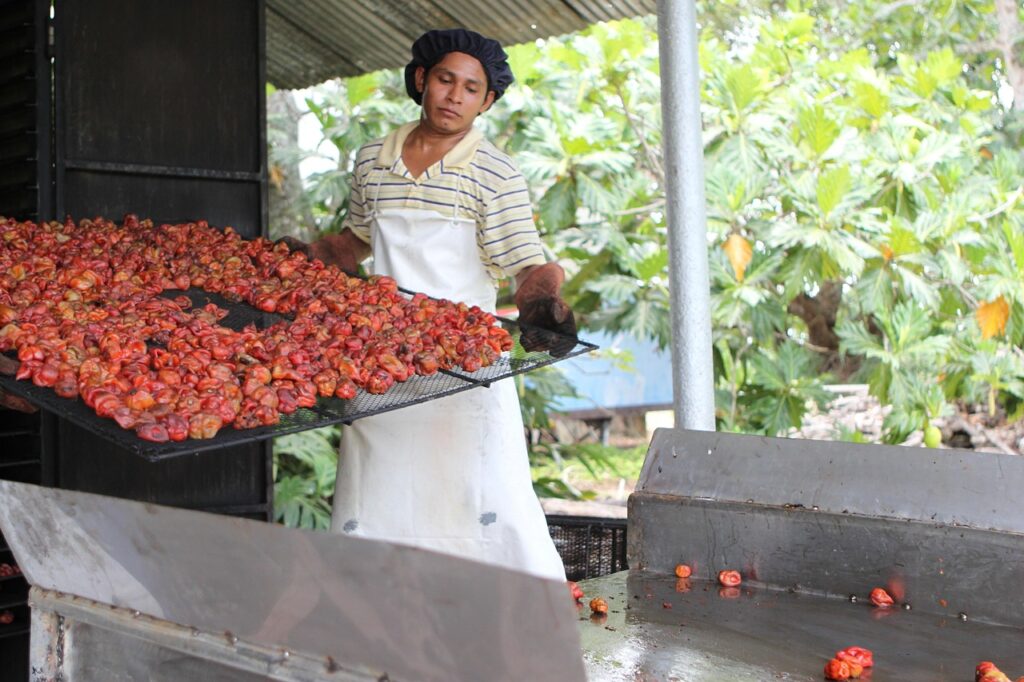Belize is a country that defies expectations. With its turquoise waters, ancient ruins, and a cultural mosaic unlike anywhere else in Central America, it’s a destination that offers both adventure and soul. Whether you’re diving into the Blue Hole or savoring street-side pupusas, Belize invites you to explore at your own rhythm.
🗺️ Where Is Belize?
Belize is nestled between Mexico to the north and Guatemala to the west and south. It’s the only Central American country without a Pacific coastline—its eastern border opens entirely to the Caribbean Sea. Formerly known as British Honduras, Belize gained independence in 1981 and remains the only country in the region where English is the official language.
🏛️ Belize’s History
Belize’s story begins over 3,000 years ago with the Maya civilization, which built sprawling cities like Caracol, Lamanai, and Altun Ha. These ancient societies developed complex calendars, astronomical systems, and monumental architecture. Caracol, for instance, once rivaled Tikal in size and influence, with its towering pyramid “Caana” still standing as the tallest man-made structure in Belize.
Spanish conquistadors arrived in the 16th century but never fully colonized the region due to fierce resistance and the lack of gold. Instead, British settlers—initially pirates and logwood cutters—established a foothold in the 17th century. The decisive Battle of St. George’s Caye in 1798 marked the end of Spanish attempts to reclaim the territory, solidifying British control.
Belize became the Colony of British Honduras in 1862 and a crown colony in 1871. The push for independence gained momentum in the 20th century, especially after a devastating hurricane in 1931 and growing nationalist movements. Belize officially gained independence on September 21, 1981, after resolving a long-standing border dispute with Guatemala.
🌍 Culture & People
Belize is a melting pot of cultures:
- Creole: Afro-European heritage, dominant in urban areas and coastal towns.
- Maya: Indigenous groups including the Yucatec, Mopan, and Q’eqchi’, especially in the south and west.
- Mestizo: Spanish-Maya mix, common in the north and northwest.
- Garifuna: Afro-Amerindian communities along the southeastern coast, known for vibrant music and dance.
- Mennonites: German-speaking farmers living in self-sufficient villages.
- East Indian, Lebanese, and Chinese Belizeans: Smaller but influential communities, especially in commerce and cuisine.
This diversity is reflected in Belize’s food, music, festivals, and even its languages—while English is official, Spanish and Kriol are widely spoken.
🌦️ Climate & When to Go
- Dry Season: February to May — best for beach days and jungle hikes.
- Rainy Season: May to November — lush landscapes but expect showers.
- Hurricane Season: June to November — coastal flooding possible, especially in the south.
Tip: March and April offer the best balance of dry weather and fewer crowds.
✈️ Entry Requirements & Border Tips
- Visitors must show proof of onward travel and funds of at least US$75/day.
- If entering from Mexico by land, carry a printed receipt showing you paid the Mexican immigration fee—your tourist card alone won’t suffice.
🚍 Getting Around
🚌 By Bus
- Affordable and widely used.
- Fares range from BZ$2–25 depending on distance.
- Express buses skip roadside pickups and save time.
🚤 By Water Taxi
- A scenic way to travel between Belize City, Caye Caulker, and San Pedro.
- San Pedro Belize Express offers frequent departures.
- Boats to/from Chetumal, Mexico also available.
Tip: Arrive early for water taxis—seats fill fast and schedules can shift.
🏛️ Must-See Maya Ruins
Belize is home to some of the most accessible and climbable Maya ruins in the region:
| Site | Region | Highlights |
|---|---|---|
| Altun Ha | Northern Belize | Close to Belize City, iconic temple |
| Lamanai | Northern Belize | Jungle setting, ball court |
| Xunantunich | Western Belize | Ferry access, carved stelae |
| Caracol | Western Belize | Largest site, tallest pyramid (Caana) |
| El Pilar | Western Belize | Border site with 25+ plazas |
| ATM Cave | Western Belize | Maya skeletons & artifacts in a sacred cave |
Tip: Base yourself in San Ignacio for easy access to Xunantunich, Caracol, ATM Cave, and even Tikal in Guatemala.
🐠 Snorkeling & Diving
Belize’s barrier reef is the second-largest in the world. Top spots include:
- Hol Chan Marine Reserve
- Shark Ray Alley
- The Great Blue Hole (advanced divers only)
Excursions typically cost ~US$35 for snorkeling and US$150+ for diving. A BZ$10 park fee applies to marine reserves.
Tip: Caye Caulker is ideal for budget-friendly snorkeling; Ambergris Caye offers more upscale dive options.
🕳️ Cave Exploration
The Cayo District is riddled with limestone caves and underground rivers. Highlights:
- Actun Tunichil Muknal (ATM): A wet cave with Maya remains.
- Rio Frio Cave: Massive entrance and cathedral-like chambers.
- Barton Creek Cave: Canoe through ancient Maya ceremonial sites.
Safety Note: Always go with a licensed guide—caves are sacred and dangerous without proper training.
🍽️ What to Eat
Belizean cuisine is hearty, spicy, and full of flavor. Don’t miss:
- Rice & Beans: Cooked with coconut milk and served with stewed chicken.
- Fry Jacks: Puffy fried dough, often stuffed with eggs or beans.
- Ceviche: Citrus-marinated conch or shrimp with veggies.
- Papusas: Corn pancakes with cheese, beans, or meat.
- Falmaau & Hodut: Garifuna dishes made with coconut milk and mashed plantains.
- Panades: Fried corn empanadas filled with fish or beans.
- Marie Sharp’s Hot Sauce: A Belizean staple made from habaneros.
Tip: Eat where locals eat—meals are tastier and cheaper than tourist spots.
🍹 What to Drink
- Belikin Beer: National brew with several varieties.
- One Barrel Rum: Locally distilled molasses rum.
- Cashew, Sorrel, and Ginger Wines: Unique and flavorful.
- Fresh Juices: Mango, sour sap, and citrus are widely available.
Note: Drinking age is 18, but enforcement is relaxed.
🛍️ Currency & Budgeting
- Currency: Belize Dollar (BZ$), pegged at 2 BZD = 1 USD.
- U.S. dollars are accepted almost everywhere.
- Tipping: Not mandatory, but 10% is appreciated.
Tip: Carry small bills and coins—change can be hard to get in remote areas.
🧳 Final Travel Tips
- Pack light: You’ll be hopping boats, buses, and trails.
- Bring bug spray & reef-safe sunscreen.
- Use bottled water—tap water isn’t always safe.
- Download offline maps—Wi-Fi can be spotty.
- Get travel insurance—especially for cave and dive excursions.
Belize is a country of contrasts—ancient and modern, wild and welcoming. Whether you’re chasing waterfalls in the jungle or sipping rum on a beach, you’ll find that Belize doesn’t just offer a vacation—it offers a story worth telling.

